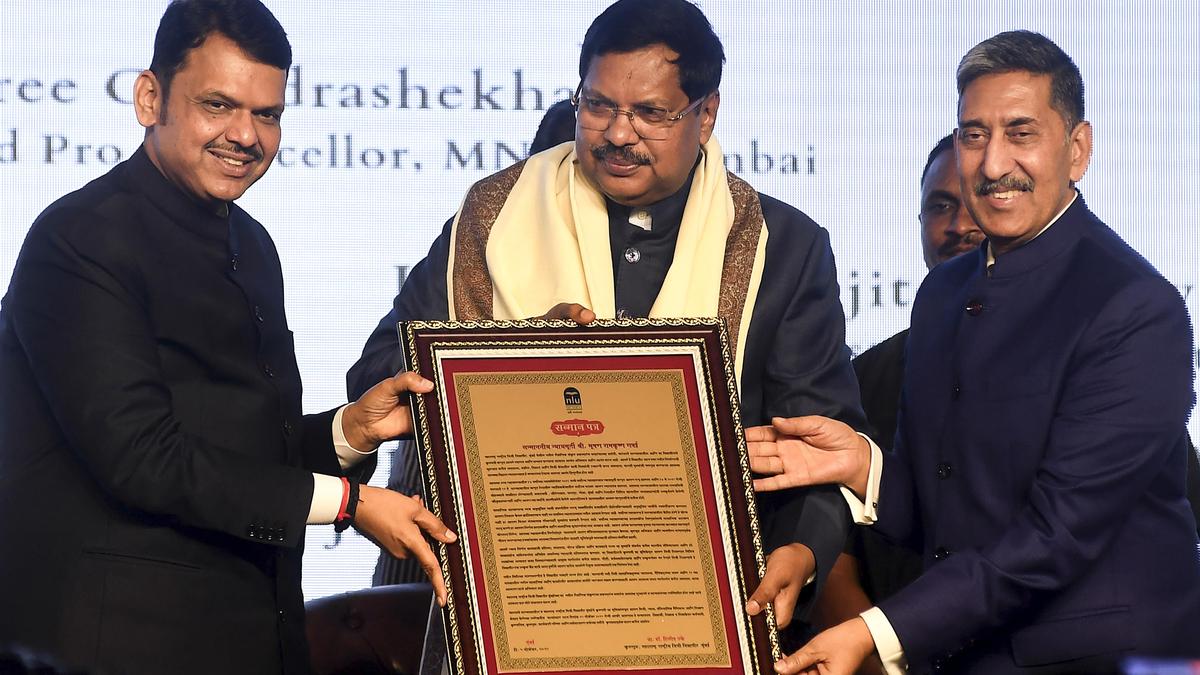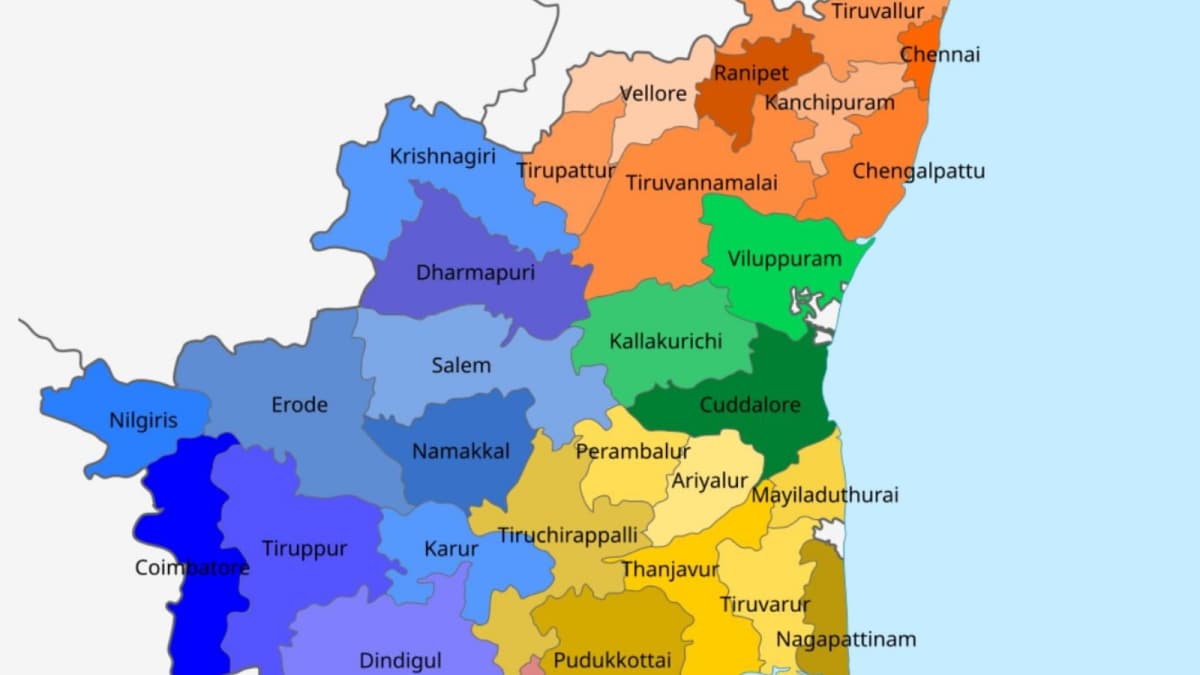ARTICLE AD BOX
 Rahul Gandhi claimed that 25 lakh votes were “stolen” in the 2024 Haryana Assembly elections, including 5.21 lakh duplicate voters. (Express)
Rahul Gandhi claimed that 25 lakh votes were “stolen” in the 2024 Haryana Assembly elections, including 5.21 lakh duplicate voters. (Express)

New DelhiNovember 6, 2025 07:47 AM IST First published on: Nov 6, 2025 at 07:44 AM IST
Congress leader Rahul Gandhi’s latest “vote chori” allegation in Haryana has put the spotlight on a key Election Commission (EC) tool that has quietly gone unused for two years — the deduplication software designed to identify duplicate and photo-similar entries in the electoral rolls.
According to sources in the Commission, this tool, developed by the Centre for Development and Advanced Computing (CDAC), was last deployed during the 2022 annual Special Summary Revision (SSR). That exercise led to a rare contraction in the country’s total number of registered voters and the removal of roughly 3 crore duplicate or invalid entries, officials familiar with the process said.
Since then, however, the software has not been used, even as allegations over inflated or error-ridden voter lists have resurfaced.
On Wednesday, Gandhi claimed that 25 lakh votes were “stolen” in the 2024 Haryana Assembly elections, including 5.21 lakh duplicate voters. Among these, he alleged, were multiple entries with different names but identical photographs, one of which, he said, appeared to be a stock image of a Brazilian model.
The possibility of duplicate and photo-similar entries is not new. The EC has, over the years, repeatedly directed states to identify and delete such entries during the annual Special Summary Revision (SSR) of rolls. In fact, the June 24 order for a *Special Intensive Revision* (SIR) of electoral rolls — now underway — was also aimed at addressing these very concerns.
But the problem persists. Part of the reason, current and former EC officials say, lies in the limited use of a de-duplication software once central to the EC’s clean-up efforts.
Developed by the Centre for Development and Advanced Computing (CDAC), the software was designed to flag “photo similar entries” (PSE) and “demographically similar entries” (DSE) — essentially, multiple entries that could belong to the same person.
An analysis of EC data from 2008 to 2024 shows that India’s electoral rolls have contracted only twice (in 2011 and in 2023) referring to the SSR that began in late 2022 and was published in January 2023. Officials attribute that 2022-23 contraction largely to the deduplication exercise, which led to around 3 crore deletions even as the net fall in the rolls was 18.26 lakh.
When asked at a press conference on October 27 about the current status of the software, Chief Election Commissioner Gyanesh Kumar said technical deduplication is used only when house-to-house verification is not taking place — a process now being undertaken under the Special Intensive Revision (SIR).
The deduplication tool had helped Electoral Registration Officers flag entries with identical photographs for ground verification. However, EC officials said the system was limited by the uneven quality of voter photos, which reduced its accuracy and effectiveness.
The EC did not respond to queries on whether it plans to reintroduce the tool in future revisions. But with allegations such as Gandhi’s bringing voter-roll accuracy back into public debate — and with states such as Bihar already under SIR — the issue of photo-similar and duplicate entries may once again test the EC’s balancing act between scale, technology, and credibility.









 English (US) ·
English (US) ·